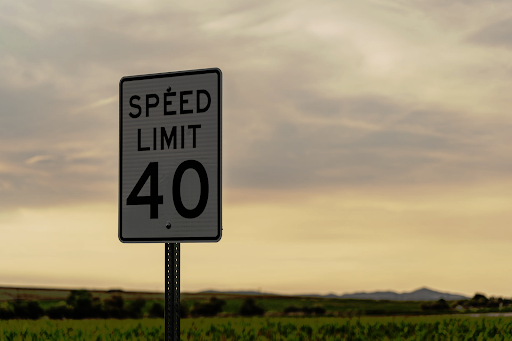 The legal system is a complex beast, and it gets even harder to tame when you take into account that every US state has its own set of laws that apply to all aspects of life.
The legal system is a complex beast, and it gets even harder to tame when you take into account that every US state has its own set of laws that apply to all aspects of life.
Driving is subject to a particular extensive amount of legislation, and there can be stark differences between how it is handled depending on where you live. To chip away at this intricate topic, let’s go over some examples and must-know facts that motorists need to take onboard.
Example: Motor Vehicle Laws in New Jersey
New Jersey is known for having some of the strictest motor vehicle laws in the nation. From speed limits to insurance requirements, navigating these regulations can be complicated and confusing, particularly if you’re from out of state.
Speed limit regulations vary significantly by state, with New Jersey typically setting a maximum road speed limit between 55 and 65 mph on most highways. The Garden State also has specific rules concerning distracted driving, including a ban on hand-held cellphone use while behind the wheel, except when using hands-free devices such as Bluetooth headsets or car stereos that are integrated with phone systems.
Additionally, all drivers over 21 must have at least minimum liability coverage amounting to $15,000 per person/$30,000 per accident, plus additional uninsured/underinsured motorist protection equal to their liability policy amounts. However, this requirement can change depending upon one’s residence area within the state.
To legally drive within NJ it is mandatory that all residents have a valid driver’s license and vehicle registration. Furthermore, all cars must pass an annual safety inspection to ensure they meet state standards for roadworthiness. Understanding these laws is crucial for any driver in New Jersey, so it’s worth it to find out more about NJ traffic laws whether you’re from the Garden State or just visiting.
Exploring the Differences Between Speed Limit Regulations Across States
Perhaps unsurprisingly, speed limits can vary drastically from one state to another. Many states enforce a maximum highway speed limit of 65 mph, while some have even higher limits. For instance, the city of Austin in Texas has an 85 mph limit on a specific section of highway nearby, which is the national record right now.
There are typically different regulations for rural and urban areas, as you’d expect, and these may be further divided into specific types of roads such as expressways or residential streets. It’s important to pay attention to posted signs when driving in unfamiliar areas, as exceeding the local speed limit could result in fines and points on your license. You should also keep an eye on your blind spots, as other road users might not be as conscientious when behind the wheel.
Deciphering Distracted Driving Rules From Coast to Coast
While most states have banned hand-held cellphone use altogether, many others still permit it as long as drivers take certain precautions, such as using hands-free devices. Almost complete bans apply everywhere from Arizona and California to Delaware and Hawaii, so it’s really not worth taking the risk.
In the states like New Jersey where hands-free calling is allowed, there are usually minimum age limits which apply, either starting at 18 or 21. That means younger drivers who have only recently passed their tests are more restricted than those with a bit more experience under their belt.
Final Thoughts
Driving laws are designed to keep road users safe, so it’s important to stick to them at all times. The issue arises when you cross state lines and suddenly find that the rules you’re used to back home no longer apply. So before planning any longer road trips, make sure to take legal differences into account during your research.










